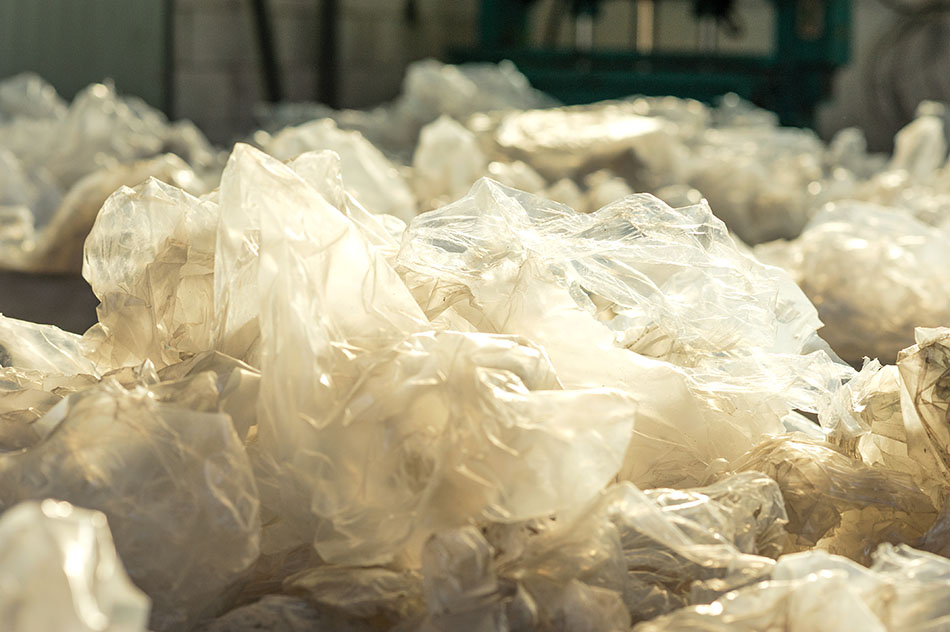
Researchers with Google X’s Moonshot Factory are working with product designers to recycle plastics currently considered unrecyclable. | Artgray/Shutterstock
Google X and Dow Chemical are collaborating to develop an artificial intelligence sorting system capable of identifying film plastics and mixed materials, they announced at a conference in April.
The project combines machine learning models from Google with material design knowledge from Dow and recycling technology from Circulus, a recycling company owned by Dow, to identify recyclable materials by their molecular composition.
The presentation included a proof of concept capable of identifying flexible and multi-layer materials. Sortation is just one factor in the challenge that films and flexibles present for MRFs: The materials today are often a containment, especially in fiber bales, and also clog screens, causing maintenance slowdowns. Markets for film bales are also still developing.
Since the presentation, Google X announced the sensors are being used in a pilot program at a plant in Oregon. According to a statement from Google X, that plant can identify materials in milliseconds and sort thousands of items per minute.
“We have a long way to go, but we are optimistic about these early results,” project lead Rey Benato said in the written announcement. “We aim to enhance recycling systems to better identify, sort, and recycle materials into new packaging products.”
The project is part of Moonshot for Circularity, an initiative by Google X’s Moonshot Factory to meet the rise in plastic use with renewable solutions and to create a circular economy for plastics by developing new technology.
In an announcement for Moonshot for Circularity, Benato said, “We believe that understanding waste materials at the molecular level will be the key to unlocking recycling and circularity at a much larger scale.”
The data used to train the AI comes from Dow Pack Studios, which designs and tests product packaging. This project and the purchase of Circulus are part of Dow’s commitment to create 3 million tons of renewable materials per year by 2030.
Andrew Hawthorne is an editorial intern at Resource Recycling and a journalism student at Rutgers University. He can be contacted at intern@resource-recycling.com.